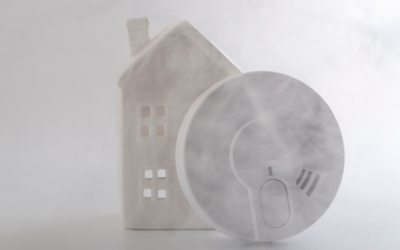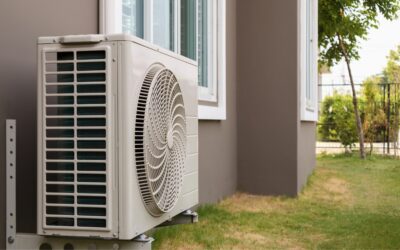Understanding HVAC efficiency ratings can be a game-changer for your home’s heating and cooling systems. These ratings, such as SEER (Seasonal Energy Efficiency Ratio) for cooling and AFUE (Annual Fuel Utilization Efficiency) for heating, are the keys to unlocking energy savings and optimizing comfort. This blog post will break down these efficiency ratings, helping homeowners make informed decisions that benefit their wallets and well-being.
SEER (Seasonal Energy Efficiency Ratio) Explained
SEER Defined
SEER is the superstar of air conditioning systems. This rating measures the energy efficiency of your cooling equipment during the cooling season. The higher the SEER rating, the more efficiently the system operates.
How SEER Ratings Are Calculated
SEER ratings are calculated by dividing the total cooling output of the system by the total electric energy input over a typical cooling season. This shows how effectively the system converts electricity into fabulous, comfortable air.
The SEER Scale
SEER ratings range from 13 (the minimum standard) to 21 or more for high-efficiency units. A higher SEER rating means greater energy efficiency and potential cost savings on utility bills.
Examples of SEER Savings
Let’s put this into perspective. Upgrading from a 13 SEER system to a 16 SEER system can lead to up to 30% energy savings, depending on usage and climate. The initial investment in a higher SEER-rated unit can pay off over time through lower energy bills.
AFUE (Annual Fuel Utilization Efficiency) Unraveled
AFUE Defined
Regarding heating, AFUE is the acronym to remember. This rating measures how efficiently a furnace or boiler converts fuel into heat during the heating season.
How AFUE Ratings Work
AFUE ratings are expressed as a percentage, with higher rates indicating greater efficiency. A furnace with an AFUE rating of 95% converts 95% of the fuel it consumes into heat, with only 5% being lost as waste.
Understanding Different AFUE Ratings
AFUE ratings vary depending on the type of heating system. For example, older furnaces may have AFUE ratings as low as 56%, while modern high-efficiency models can achieve 98% or more ratings.
Comparing SEER and AFUE: What’s the Difference?
Different Purposes
SEER is primarily used to rate cooling efficiency, while AFUE is focused on heating efficiency. Each rating serves a specific purpose, helping homeowners assess the performance of their HVAC system in the context of its function.
Combined Efficiency Matters
Both SEER and AFUE contribute to the overall efficiency of an HVAC system. A high-efficiency air conditioner with a high SEER rating paired with a furnace with a high AFUE rating can result in a comfortable, energy-efficient home.
Factors Affecting Efficiency Beyond Ratings
While SEER and AFUE ratings are crucial, other factors influence HVAC system efficiency. Proper sizing, regular maintenance, and adequate insulation play vital roles in maximizing efficiency. Professional installation and routine care are critical components of maintaining a high-performing system.
Making Informed Decisions
To effectively leverage SEER and AFUE ratings, homeowners should consider their local climate, energy costs, and budget when selecting the correct efficiency level. It’s not just about the numbers; it’s about finding the balance that suits your unique needs and circumstances.
Long-Term Cost Savings
Choosing a system with the proper efficiency ratings can lead to significant long-term cost savings on energy bills. Think of it as an investment in your home’s comfort and financial well-being.
Beyond Efficiency: Comfort and Environmental Impact
Higher efficiency ratings translate to savings, enhance indoor comfort, reduce noise, and contribute to a greener environment. Homeowners can enjoy a more comfortable living space by choosing energy-efficient HVAC systems while reducing their carbon footprint.
Conclusion
In the world of HVAC systems, SEER and AFUE ratings are your keys to unlocking efficiency and comfort. By understanding these ratings, homeowners can make informed decisions that benefit their homes, wallets, and the environment. If you’re ready to explore your options or have questions about HVAC efficiency, don’t hesitate to contact our experts. We’re here to help you find the perfect balance of efficiency and comfort for your home.





